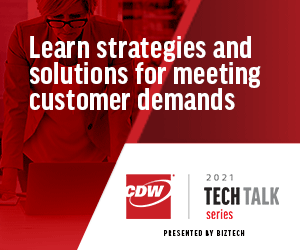What Is DevOps?
DevOps represents the merging of software development and IT operations into a single discipline. As a software design philosophy, DevOps is not a new concept, but it has grown over the past two decades into a well-regarded practice that has come to define modern infrastructure development.
DevOps can help university IT departments transition away from complicated and burdensome development practices that often lead to delays and waste. Instead, the focus is on a frictionless workflow that prioritizes speed, efficiency and continuous iteration.
This methodology ultimately should enable a better user experience by reducing the time and difficulty of developing features and services for students, faculty and staff. As people begin to use new applications and IT teams gain insight into user behavior, they can tweak apps quickly — and easily — in response to the new information.
GET A COMPLIMENTARY WHITE PAPER: Learn how DevOps is revolutionizing IT.
What Does the DevOps Process Look Like?
Tara Hernandez, a senior engineering manager at Google, notes that “if you’re really dialed into it,” DevOps can be well integrated into a development process from start to finish.
So, what do the start and finish look like? The short answer: an infinite loop — at least, that’s how it’s often illustrated. At its roots, a DevOps model combines four primary processes — planning, building, deploying and operating — along with continuous feedback and continuous iteration. Grounding these processes is a basis of communication.














